April 7-13, 2024
Welcome Spring

The weather is still a bit unsettled, but spring is clearly upon us—and there are flowers, bees, and butterflies everywhere.
Week in Review
There's so much going on right now, and things are only going to get better over the next couple weeks. Migrating songbirds will soon arrive in full force and fill the air with their bright songs, more flowers are on the way, and we'll start seeing animals like dragonflies.
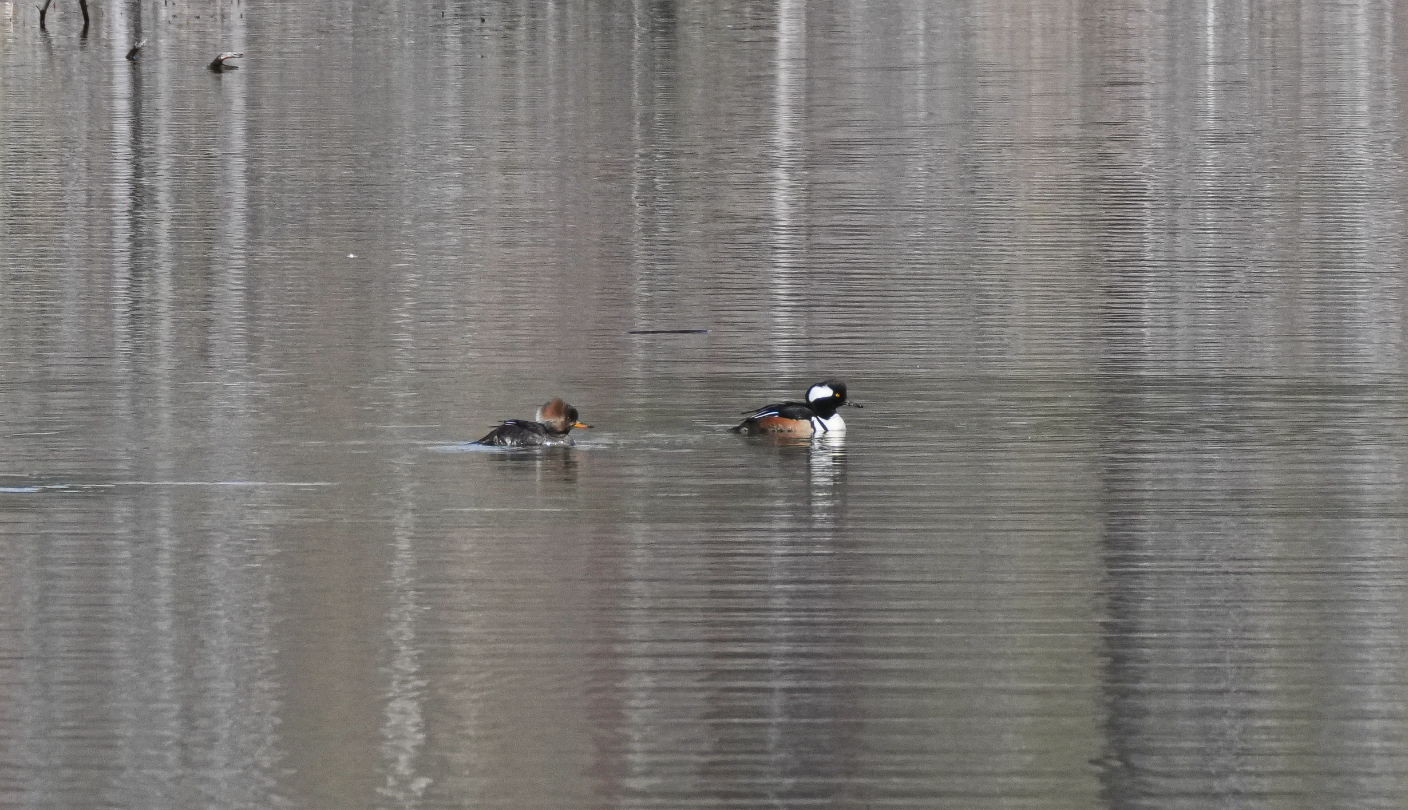
This is also that amazing moment in the early spring when the trees and hills are impossibly green with soft, tender leaves and buds. In fact, I almost drove off the road this morning looking at light shining through leaves on three layers of hills.
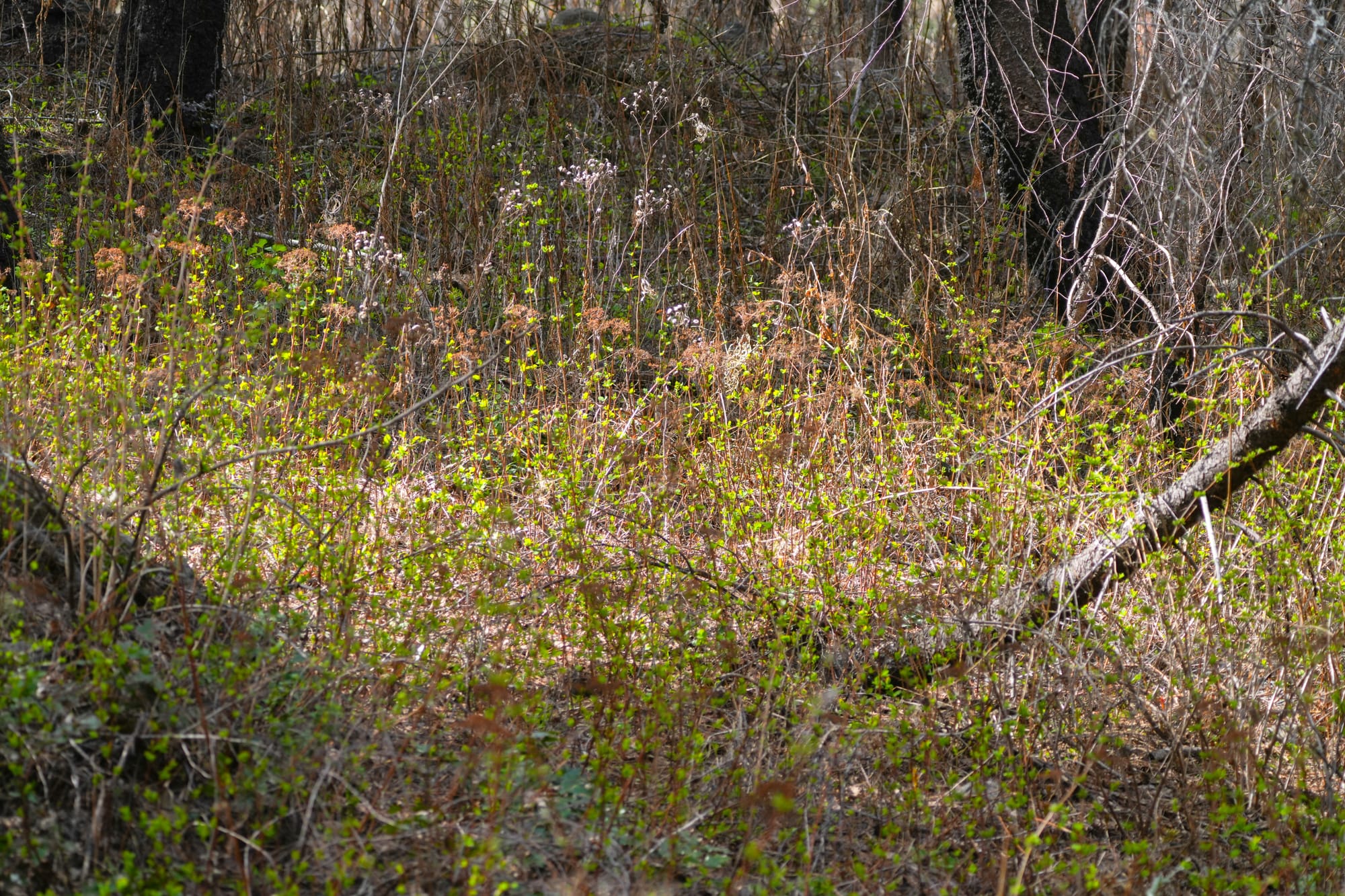
Countless flowers, both conspicuous and inconspicuous, are already blooming and it makes you realize how rich the dry shrub-steppe hillsides are around the valley. In just a few square yards you can find bluebells, yellow bells, prairie stars, shooting stars, blue-eyed mary, balsamroot, ballhead waterleaf, and more species all blooming at the same time.
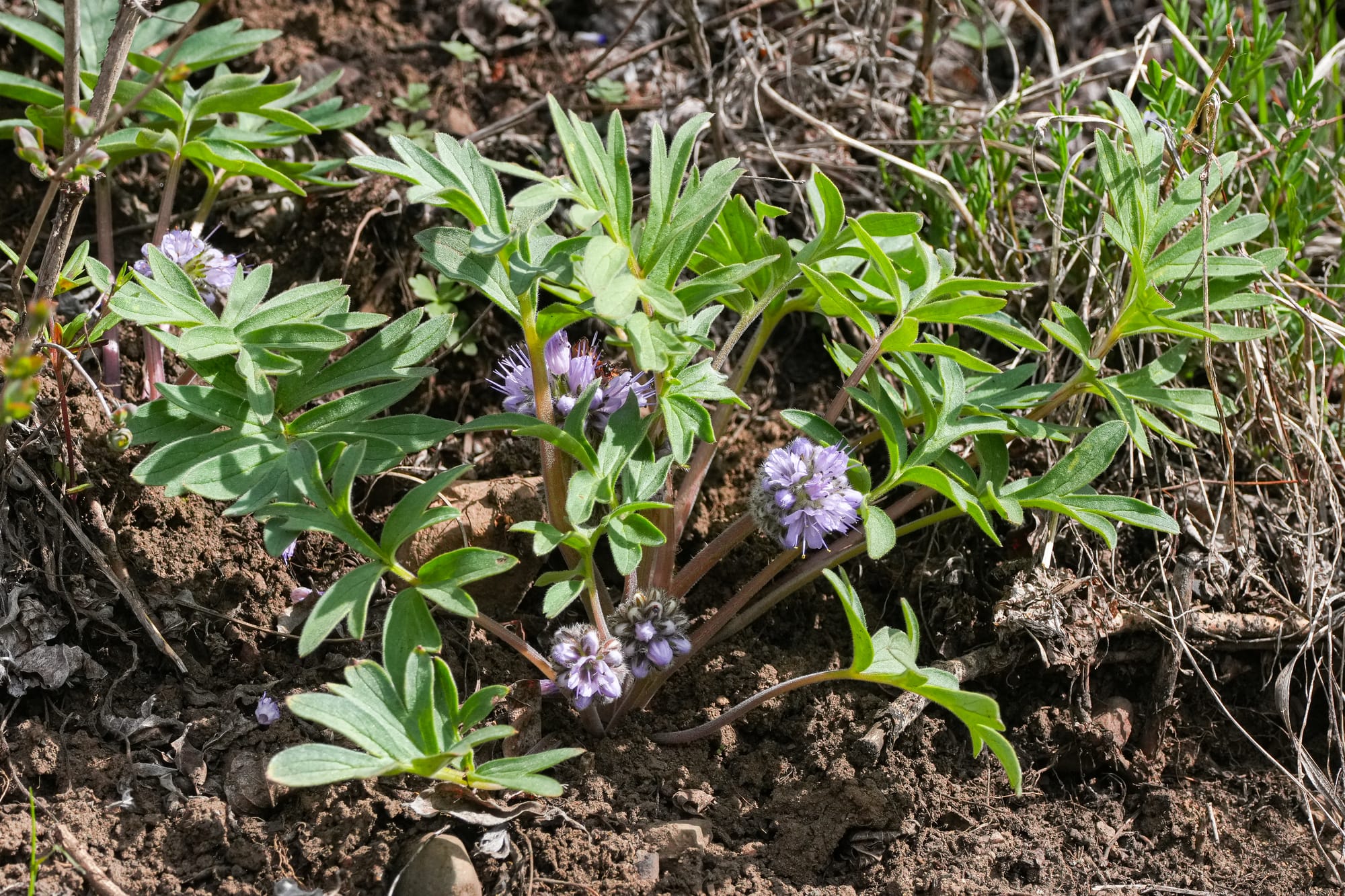
Even on a cold, shaded slope near a lingering patch of snow below Sun Mountain Lodge, I discovered that our easily overlooked boxwood is in full flower, with surprisingly beautiful little flowers.
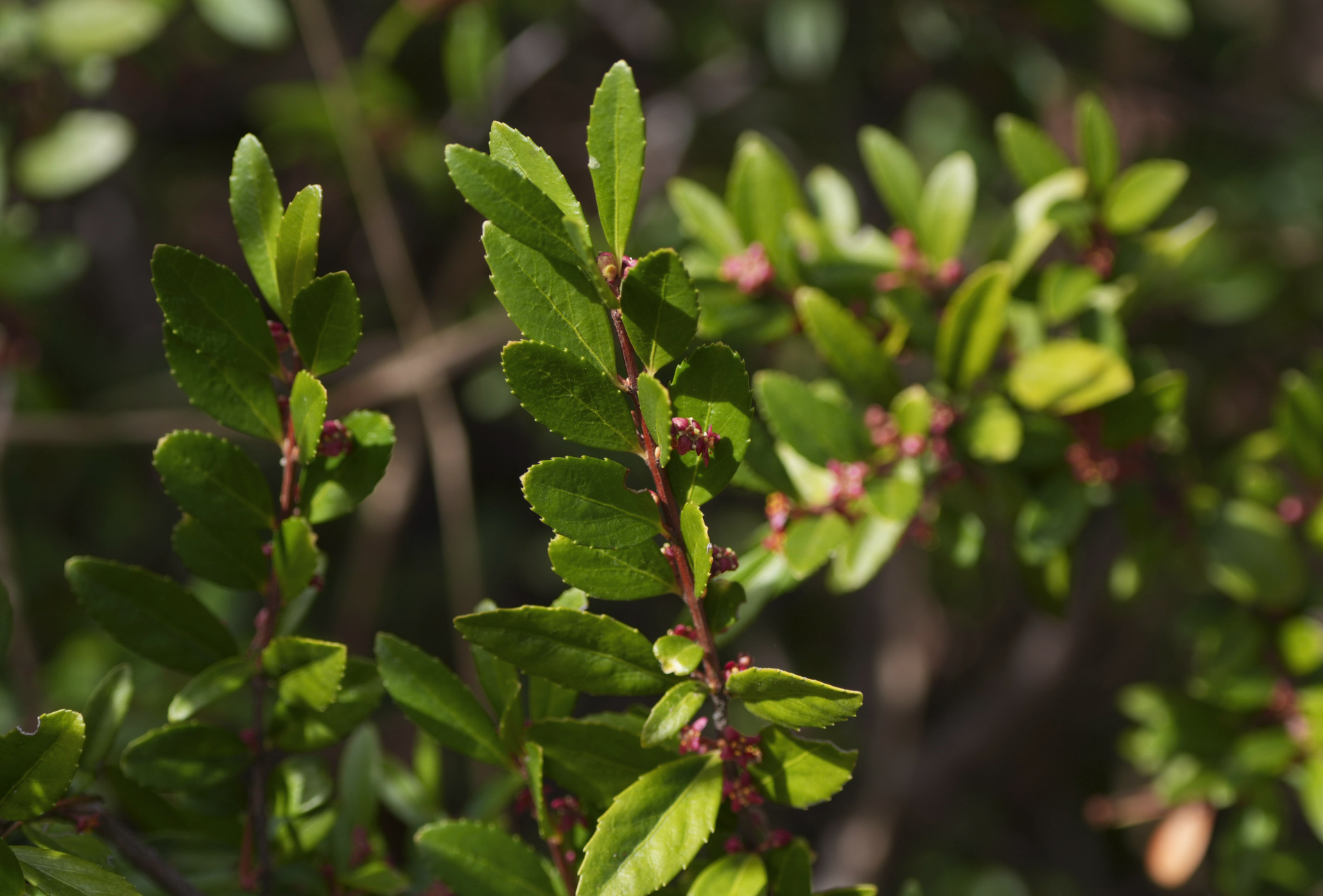
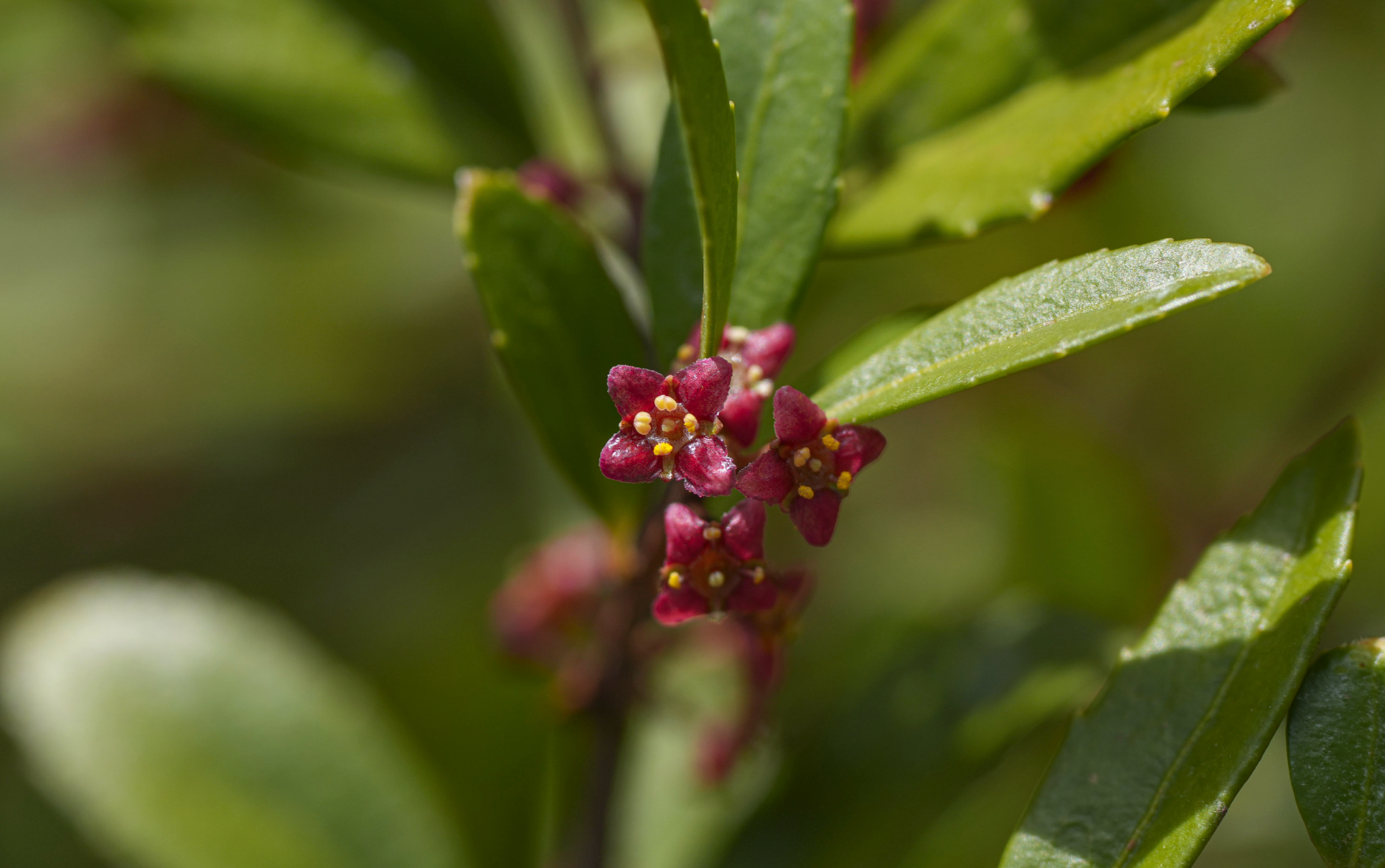
Alongside emerging flowers are many types of pollinators, including native bees and butterflies such as mourning cloaks and blues. It's fascinating to look closely at the insects you see visiting flowers because these insect-flower relationships are so important.
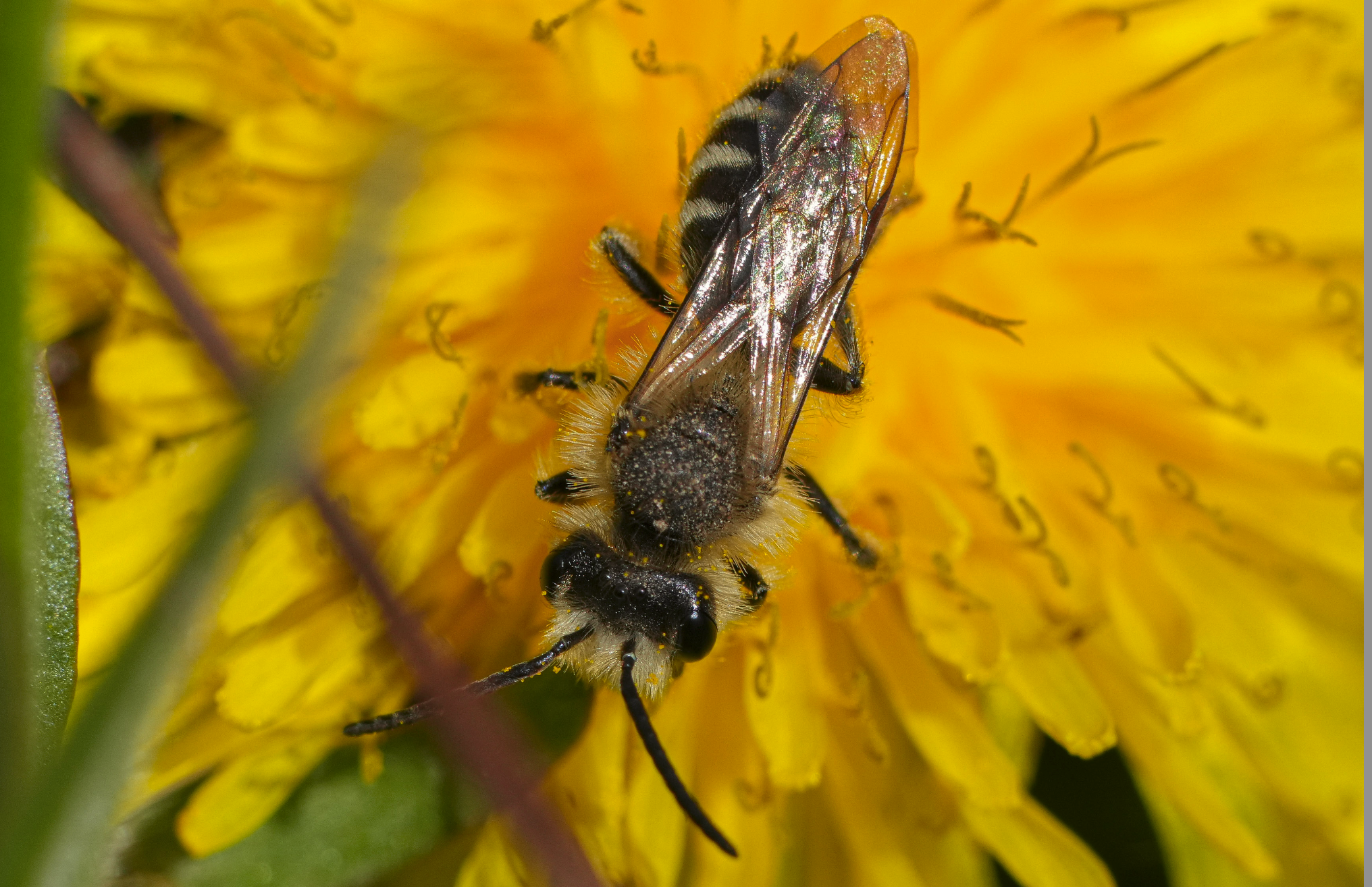
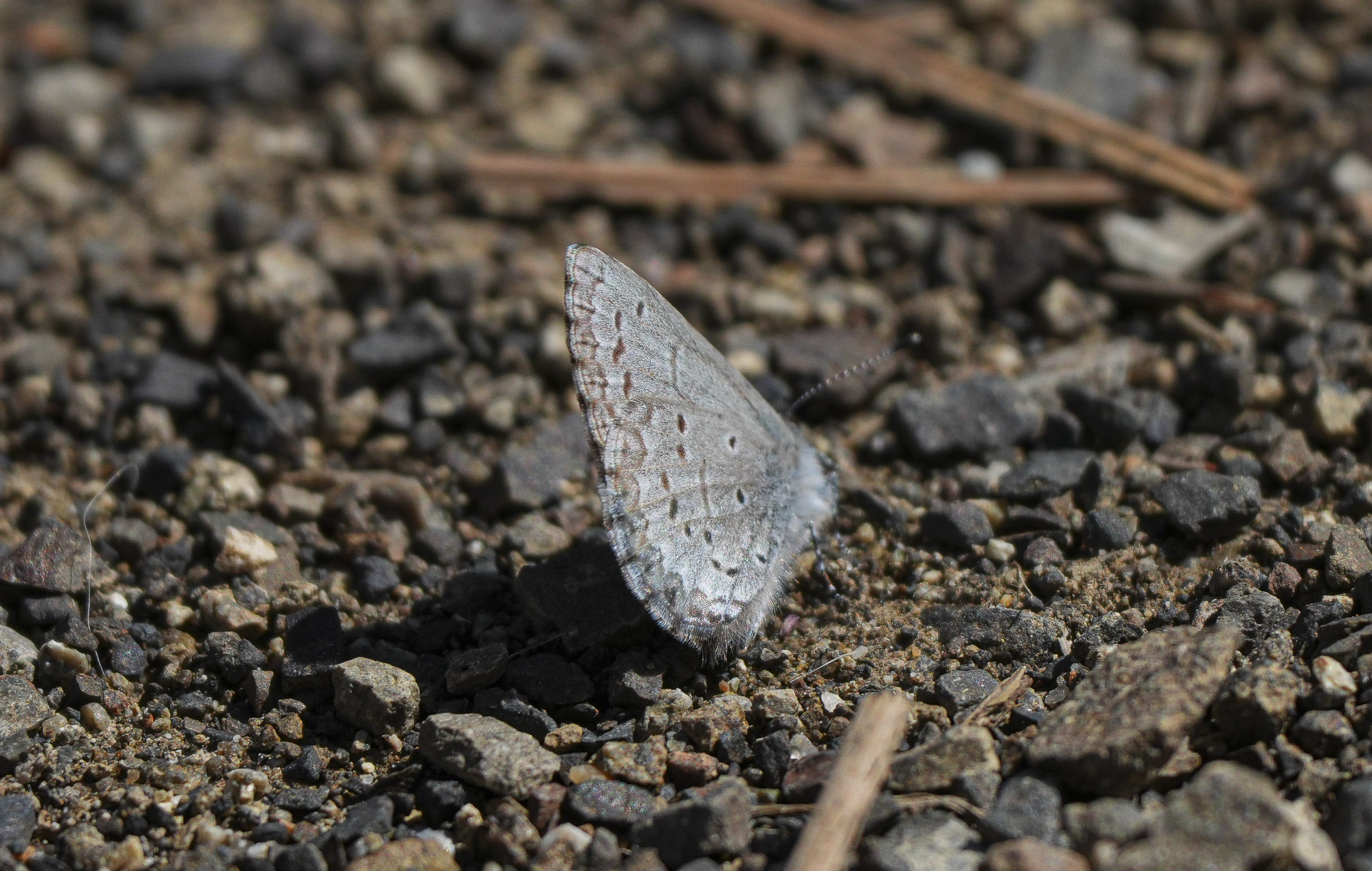
Resident and early arriving birds are also busily preparing for the breeding season. Swallows, bluebirds, and house sparrows are squabbling over nest boxes, while woodpeckers ranging from flickers to black-backed woodpeckers are courtship drumming on tree trunks in every forested area.
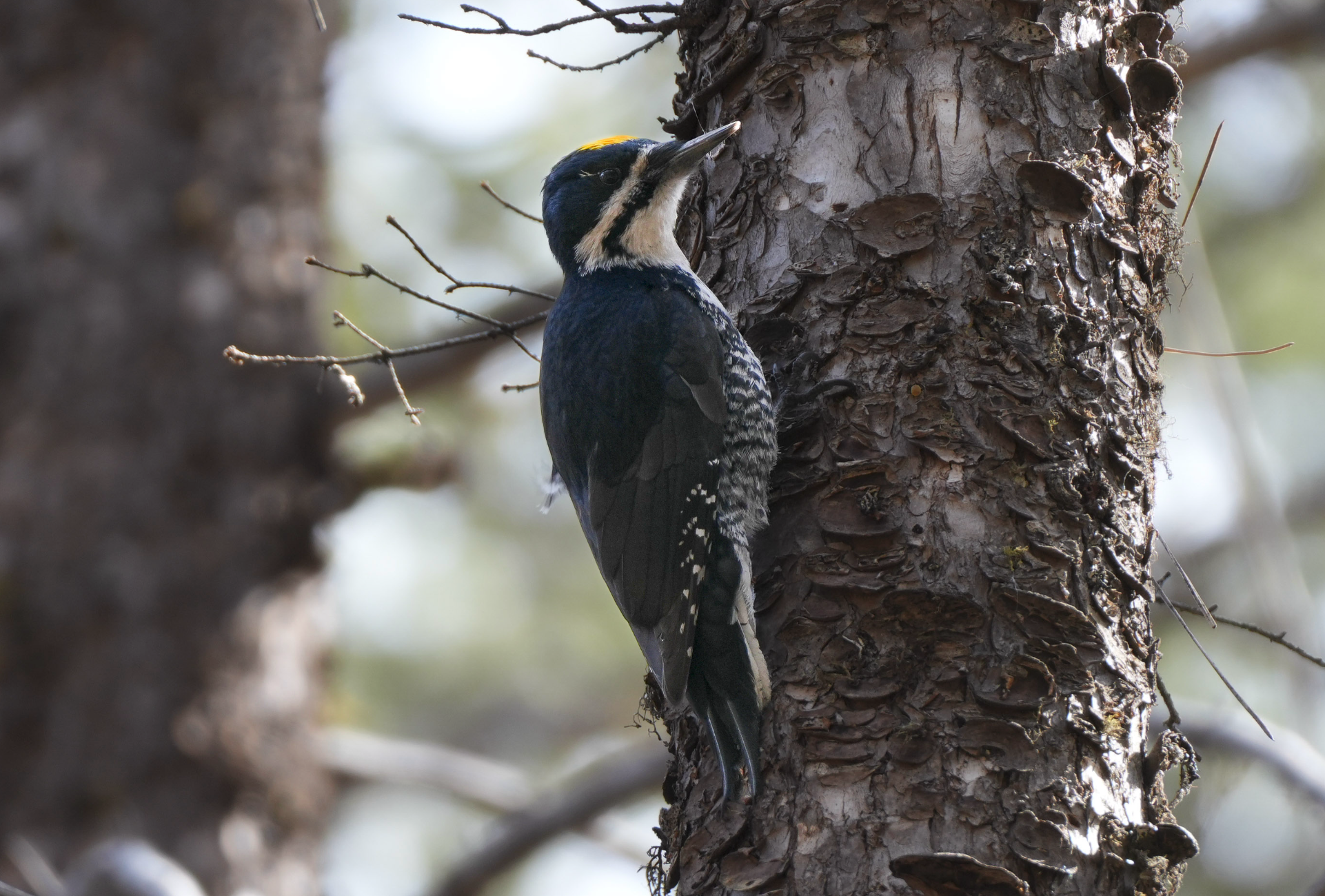
Finally, two unexpected mammal sightings were posted on the Nature Notes Facebook group this week. One sighting underscored the variety of moose poop we can expect to see, and the other sighting was a remarkable moment with a very rare fisher.
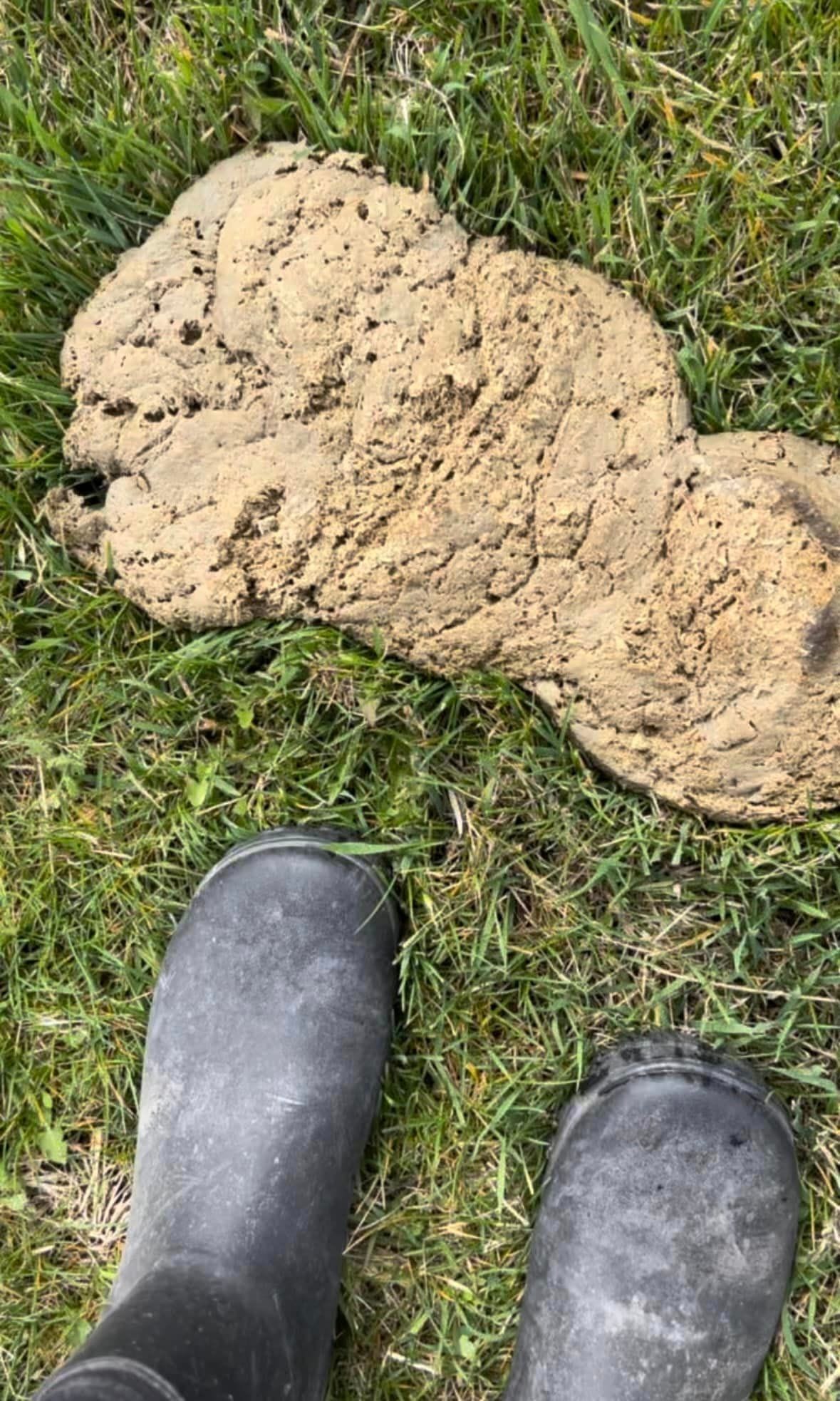
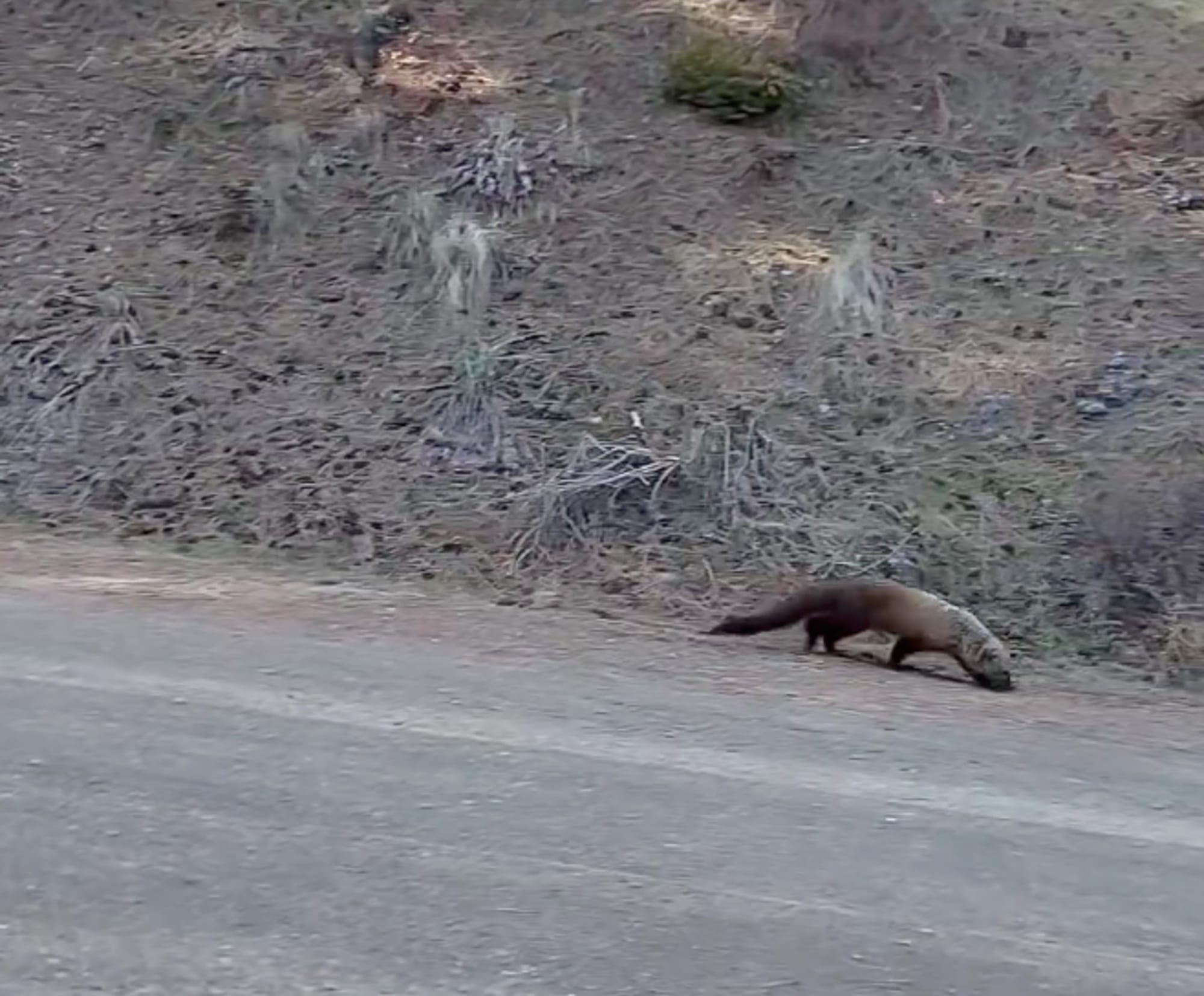
You never know what you'll find next when you're out in the Methow Valley!

Observation of the Week: Garter Snakes
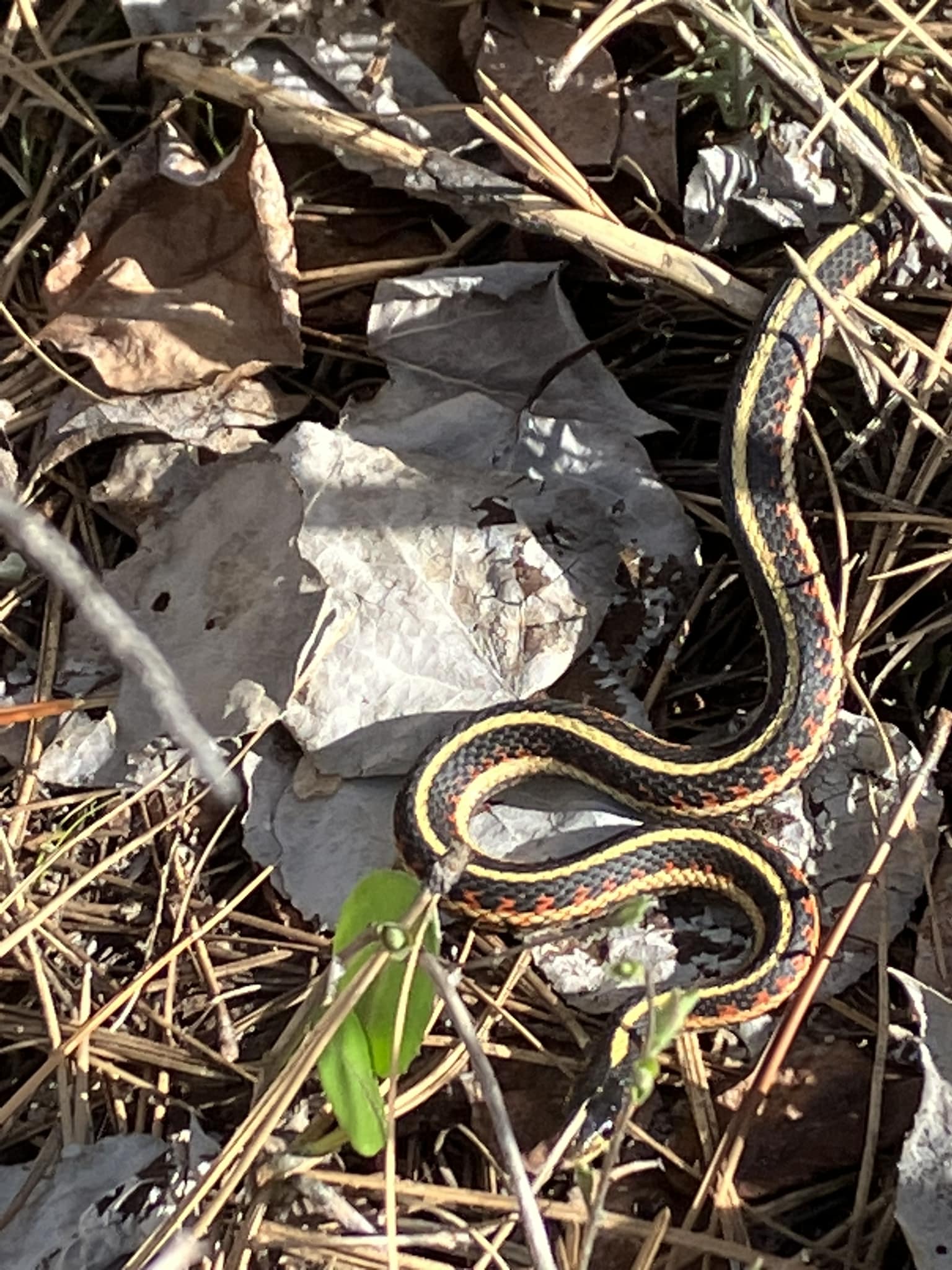
As the weather warms up a few snakes start coming out, and among our hardiest, and most cold-tolerant, snakes are garter snakes. We have two types in the Methow Valley: the wandering garter snake with a gray background, and the valley garter snake with distinctive red markings.
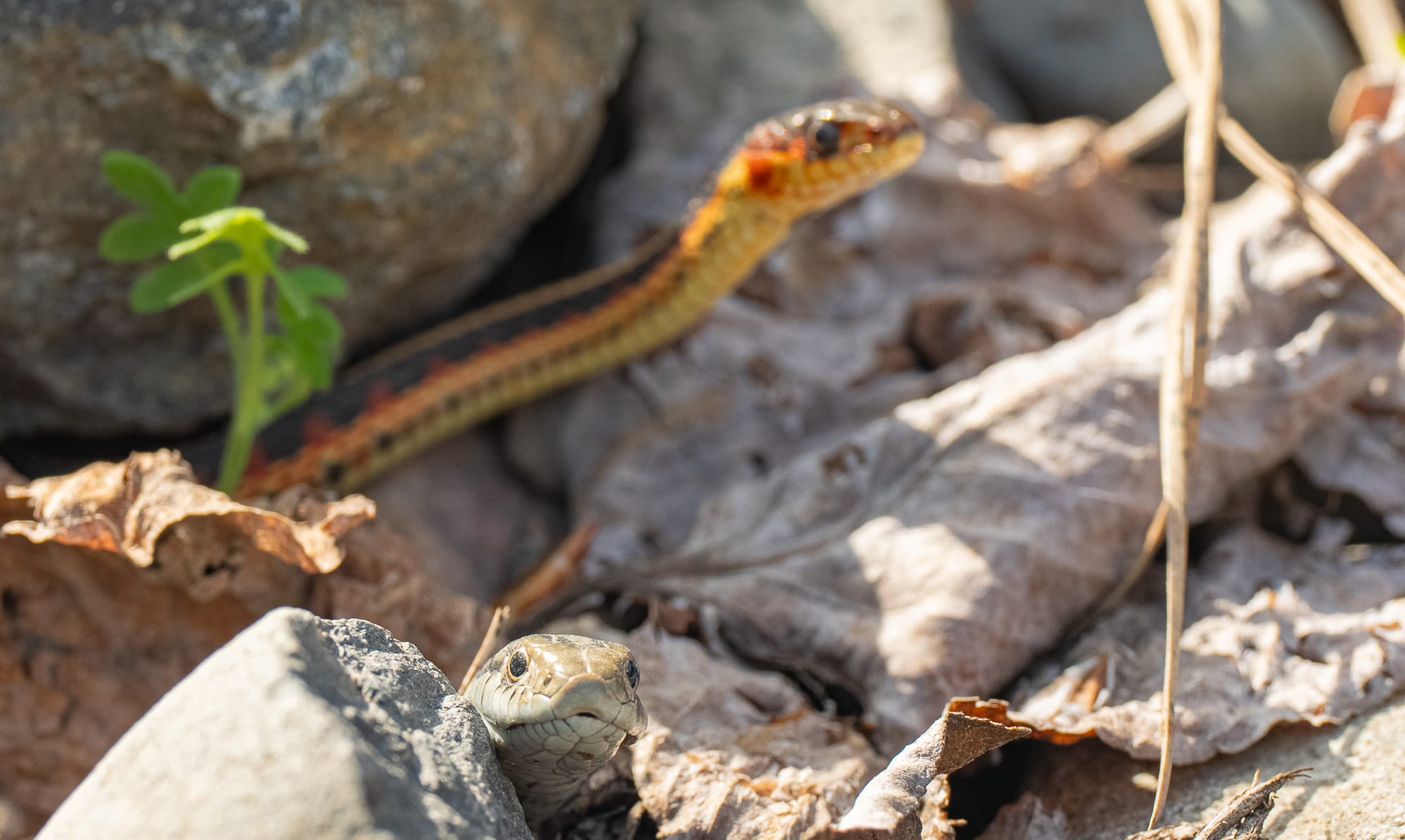
Garter snakes have a fascinating story in relation to rough-skinned newts. Newts produce a deadly neurotoxin known as tetrodotoxin (the same toxin found in puffer fish), that works by shutting down sodium channels in cell membranes and causing paralysis and death in any animal that tries to eat them.
There can be enough toxin in a single newt to kill 25,000 mice!
Garter snakes have reacted by developing two strategies: Some garter snakes have no resistance to this toxin, so they avoid newts, while other garter snakes have become resistant to the toxin and can eat newts.
However, it's not this simple. Garter snakes can become resistant to the toxin by using a different type of sodium channel that doesn't bind with newt toxin. This allows them to eat newts that are an abundant and easy-to-catch food, but this different sodium channel is less efficient, so these resistant snakes are more sluggish and more likely to be eaten by predators themselves.
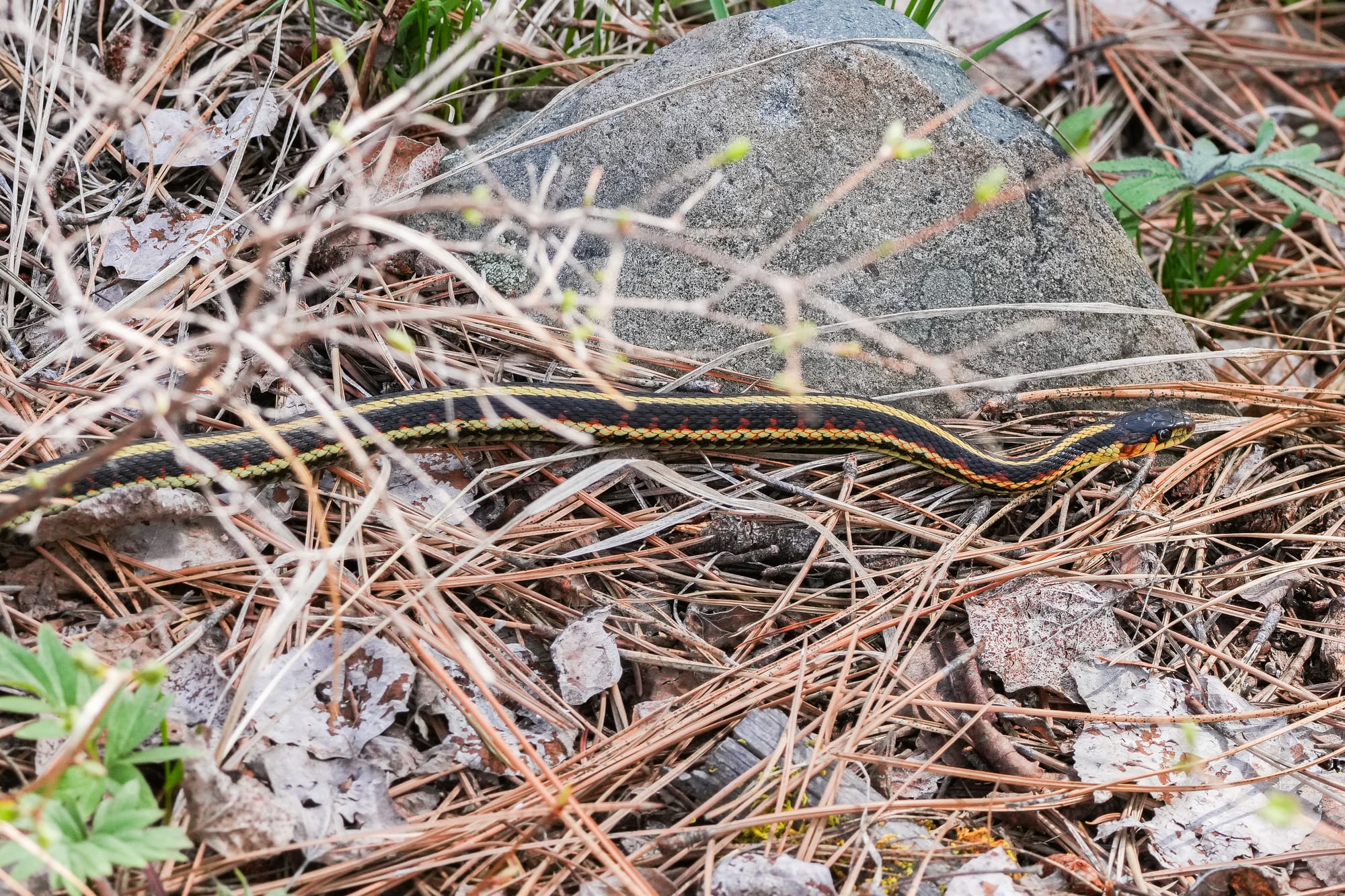
Rough-skinned newts haven't been found in the Methow Watershed yet, but they are possible, and garter snakes can develop this unique ability wherever they occur with newts, making this just one more way that even our most common animals can have really cool stories.

